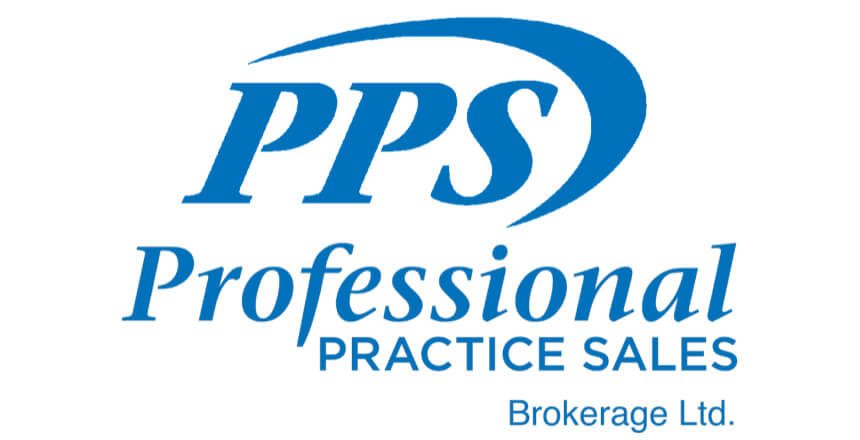
There are many options to consider when contemplating the most effective way to transition out of your practice. The dictionary describes merger as the joining together of two or more companies or organizations. In essence, a dental practice is like a small company. However many dentists do not consider the merger as a viable option because they do not understand how it will work or the many benefits for both parties.
Prior to being in the Dental Practice Valuation and Brokerage business, I worked in the Healthcare Financial business with Newcourt Credit Group. Newcourt grew exponentially by consolidating several smaller companies and one that was quite a bit larger and was then itself acquired by CIT. I remember during one particularly robust period having 4 different business cards in the span of 18 months, yet I still had the same job! One of the most challenging aspects of all of this activity was dealing with the uncertainty and assuring our clients that we were still there to service them. In the end, the mergers were completed and our business changed to adapt, but at the core, our service to our clients remained the focus. These mergers were all done because we felt the combination of the businesses would provide a better platform for servicing our clients and a better opportunity for producing profit for our shareholders.
The same objectives apply in dentistry. If we can bring two (or more) practices together, and patients are provided with the same or better experience, while creating the opportunity to enjoy higher profits, then this is a viable option. This concept is particularly applicable to smaller practices that have gross revenues of less than $400,000 due to the fact that in general, these practices have higher relative overhead percentages. Consider that a practice that grosses $400,000 has: one receptionist, one assistant, a waiting room, at least two operatories that are equipped and probably a spare operatory for future growth, suction and compressor, a laboratory, sterilization area, darkroom with film processor, etc. We can merge this practice in to another practice that is close by that may have an under-utilized facility and room in the schedule. The benefits are as follows:
- The Patient Experience. The most important factor in a successful merger is to be aware of the change that the patient is experiencing. They chose to be a patient of the merged dentist for several reasons and they are now faced with making another choice – do I want to continue in this new location or not? People do not like change and while this new location is a change, it is not as big a change as finding an entirely new dentist. Their first experience in the new location should be similar to their previous experience; the same recall card, confirmation process, receptionist, hygienist, dentist, payment terms and processes. The only change should be the location and the patients should see this change as positive because it may be easier to access, more modern or more convenient.
- Reduction in overhead. The combined entity will have a physical plant that will have the best of each of the previous locations but will not have two of everything, nor will it be paying rent for two locations. Even if there is not enough room for both practitioners to be there at the same time, the facility can be used more productively by extending hours.
- Staff Attrition. It will be very important at the beginning that the patients see the same faces in order to feel comfortable in the new location. Over time however, there will be opportunities as people move on, to create the right size team and salary savings will be realized.
- Collegiality. Many dentists find it rewarding to have another dentist in their office with whom they can discuss a case or review a treatment plan. It is not necessary that both share the exact same approach to dentistry but it is critical that they share the same philosophy of patient care. This should be determined early in the process.
There are a couple of things to be aware of when considering this approach. Firstly, your premises lease; you don’t want to do this if you have several years left on your lease. The buyer may be willing to pay your lease for a few months but not a few years. The seller must be willing to stay for a while in order to transition the patients. Plan it well enough ahead so you will be in a position to stay for between six months and two years. Lastly, your team, particularly your receptionist and hygienist, will also be important to the successful transition. Ensure they are paid at market rates and are willing to adapt and go along with the plan. Selling a smaller stand alone dental practice can be very difficult. A well structured merger has proven to be a viable solution for many dentists.

